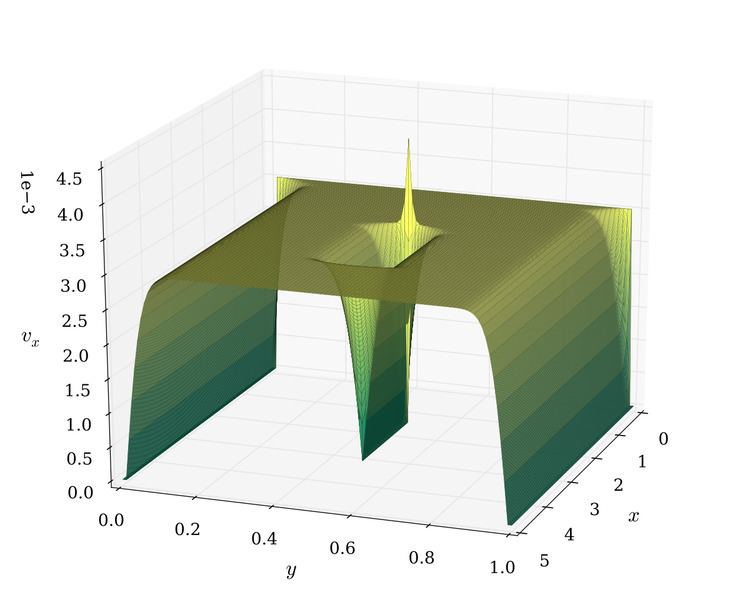 | ||
In mathematics, the method of undetermined coefficients is an approach to finding a particular solution to certain inhomogeneous ordinary differential equations and recurrence relations. It is closely related to the annihilator method, but instead of using a particular kind of differential operator (the annihilator) in order to find the best possible form of the particular solution, a "guess" is made as to the appropriate form, which is then tested by differentiating the resulting equation. For complex equations, the annihilator method or variation of parameters is less time consuming to perform.
Contents
Undetermined coefficients is not as general a method as variation of parameters, since it only works for differential equations that follow certain forms.
Description of the method
Consider a linear non-homogeneous ordinary differential equation of the form
The method consists of finding the general homogeneous solution
and a particular integral
If
Typical forms of the particular integral
In order to find the particular integral, we need to 'guess' its form, with some coefficients left as variables to be solved for. This takes the form of the first derivative of complementary function. Below is a table of some typical functions and the solution to guess for them.
If a term in the above particular integral for y appears in the homogeneous solution, it is necessary to multiply by a sufficiently large power of x in order to make the solution independent. If the function of x is a sum of terms in the above table, the particular integral can be guessed using a sum of the corresponding terms for y.
Examples
Find a particular integral of the equation
The right side t cos t has the form
with n = 1, α = 0, and β = 1.
Since α + iβ = i is a simple root of the characteristic equation
we should try a particular integral of the form
Substituting yp into the differential equation, we have the identity
Comparing both sides, we have
which has the solution
Consider the following linear nonhomogeneous differential equation:
This is like the first example above, except that the nonhomogeneous part (
Here our guess becomes:
By substituting this function and its derivative into the differential equation, one can solve for A:
So, the general solution to this differential equation is thus:
Find the general solution of the equation:
f(t),
Plugging this particular integral with constants A, B, and C into the original equation yields,
Replacing resulting constants,
To solve for the general solution,
where
